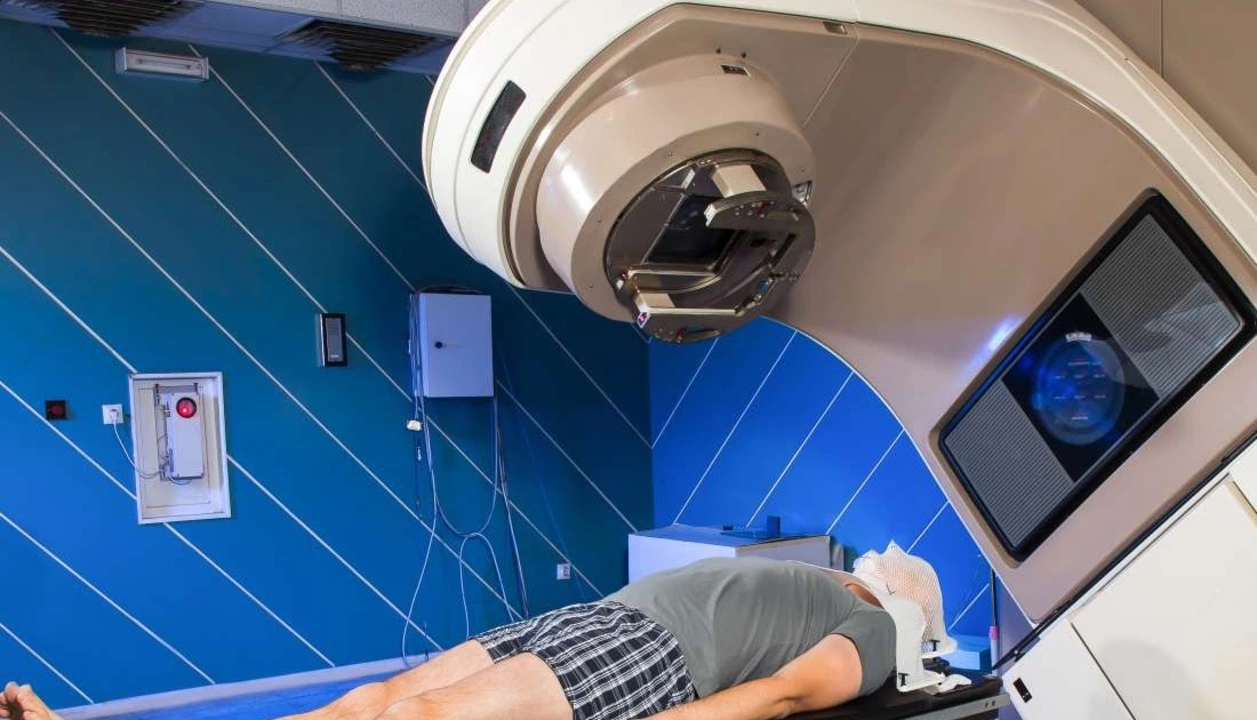Understanding Multiple Myeloma and Radiation Therapy
Before diving into the role of radiation therapy in treating multiple myeloma, it is essential to understand what multiple myeloma is and how it affects the body. Multiple myeloma is a type of blood cancer that forms in plasma cells, which are responsible for producing antibodies to fight infections. When cancerous plasma cells multiply uncontrollably, they can cause damage to various organs and tissues, leading to a weakened immune system and other complications. Radiation therapy is a treatment option that uses high-energy rays to kill or damage cancer cells, and it can play a critical role in managing multiple myeloma.
When is Radiation Therapy Recommended for Multiple Myeloma?
Radiation therapy is not always the first line of treatment for multiple myeloma, but it can be recommended in specific situations. Some of these scenarios include when there is a solitary plasmacytoma (a single tumor), when the patient experiences severe bone pain or spinal cord compression, or when there is a risk of fractures due to weakened bones. Radiation therapy may also be used as a "palliative" treatment to help alleviate pain and improve the quality of life for patients with advanced multiple myeloma.
Types of Radiation Therapy for Multiple Myeloma
There are two main types of radiation therapy used for treating multiple myeloma: external beam radiation therapy (EBRT) and internal radiation therapy (brachytherapy). EBRT is the most common form of radiation therapy for multiple myeloma and involves the use of a machine that directs high-energy rays at the tumor site from outside the body. Brachytherapy, on the other hand, involves placing radioactive material directly into the tumor or nearby tissue. This method is less common but may be used in specific situations where a more localized treatment is needed.
Preparing for Radiation Therapy
Before starting radiation therapy, patients will undergo a thorough evaluation to determine the most appropriate course of treatment. This may include blood tests, imaging studies (such as X-rays, CT scans, or MRI), and a bone marrow biopsy. A radiation oncologist will discuss the treatment options and potential side effects with the patient, and together they will develop a personalized treatment plan. Once the plan is in place, the patient will have a "simulation" appointment where the radiation therapist will take measurements and create customized molds or devices to ensure accurate and consistent positioning during treatment sessions.
What to Expect During Radiation Therapy
Radiation therapy sessions are usually quick and painless, with each treatment lasting only a few minutes. The number of treatments needed will vary depending on the patient's individual needs, but they are typically given five days a week for several weeks. During each session, the patient will lie on a table while the radiation machine moves around them, directing the high-energy rays at the tumor site. The patient may hear buzzing or clicking sounds, but they should not feel any discomfort during the process.
Side Effects of Radiation Therapy
While radiation therapy can be an effective treatment for multiple myeloma, it is not without its side effects. Some common side effects include fatigue, skin changes (such as redness, dryness, or itching), and temporary hair loss in the treated area. Less common but potentially more severe side effects include damage to healthy tissue near the treatment area, such as the lungs or gastrointestinal tract. It is essential to discuss any concerns with your radiation oncologist, as they can provide guidance on managing and minimizing these side effects.
Monitoring Progress and Follow-Up Care
Throughout the course of radiation therapy, patients will have regular appointments with their radiation oncologist to monitor progress and address any side effects. After completing radiation therapy, follow-up care will continue with regular check-ups to monitor the patient's overall health and the status of their multiple myeloma. This may include blood tests, imaging studies, and bone marrow biopsies. It is crucial for patients to maintain open communication with their healthcare team and report any new or worsening symptoms, as this can help ensure the best possible outcomes.
Combining Radiation Therapy with Other Treatment Options
Radiation therapy is often used in conjunction with other treatment options for multiple myeloma, such as chemotherapy, targeted therapy, or stem cell transplantation. The combination of treatments will depend on the patient's specific needs and the stage of their disease. By working closely with their healthcare team, patients can develop a comprehensive treatment plan that offers the best chance for managing their multiple myeloma and improving their quality of life.
The Future of Radiation Therapy in Multiple Myeloma Treatment
As research and technology continue to advance, the role of radiation therapy in multiple myeloma treatment is likely to evolve. New techniques and technologies, such as proton therapy or stereotactic body radiation therapy (SBRT), may offer more precise and targeted treatment options for patients with multiple myeloma. Additionally, ongoing clinical trials are exploring the potential of combining radiation therapy with emerging treatments, such as immunotherapy, to further enhance the effectiveness of multiple myeloma management. By staying informed and working closely with their healthcare team, patients can ensure they have access to the most up-to-date and effective treatment options available.




